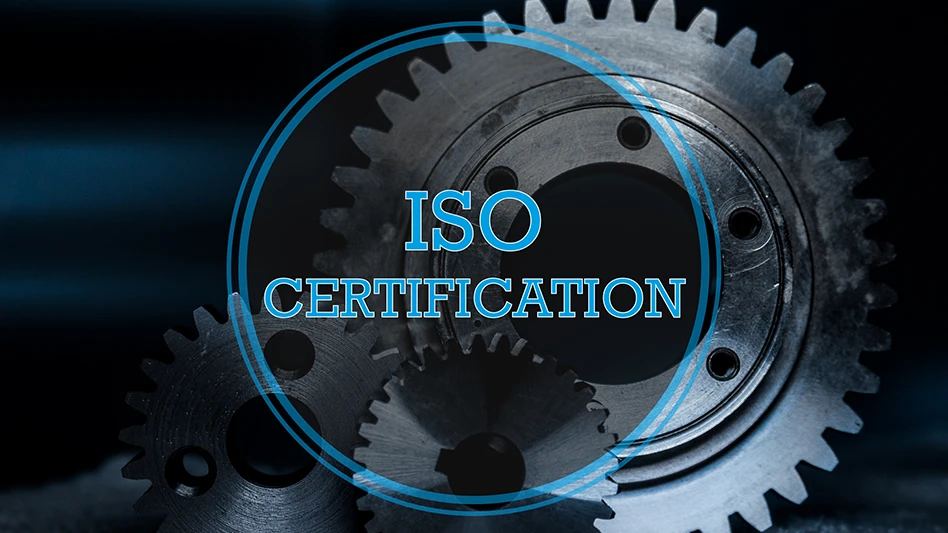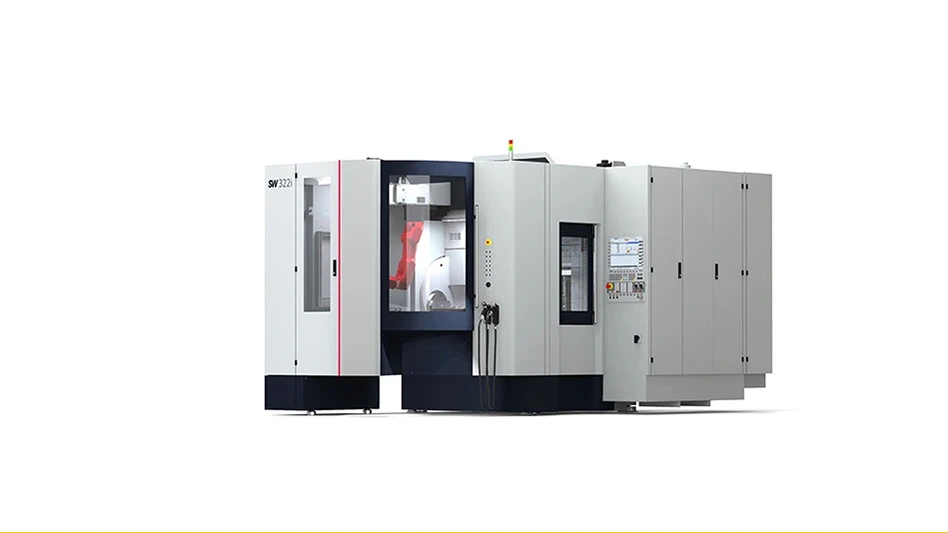
Consumer experience in today’s digital world is hyper-personalized. Often, it’s been revolutionary 3D printing (3DP) technology that’s broken down barriers facing traditional manufacturing methods to make scalable, highly customized production of parts and commercial products a reality.
While companies across a range of industries benefit from mass personalization and more with 3DP – including increasingly sustainable production – inherently customer-centric industries such as healthcare are increasingly seeking out additive manufacturing (AM).
The numbers don’t lie. Anticipated to grow to $9.8 billion by 2031, the AM market for medical devices is now more valuable and essential in the broader healthcare industry’s push to improve the way we treat pain and manage recovery with solutions tailored to individual patient needs.
Personalized medicine
Access to 3DP technology is being democratized. HP has worked with numerous champions in the medical space throughout the years to enable production of custom 3DP orthotics, prosthetics, baby helmets, and surgical guides, among many other life-changing applications.
The common factor is a shared belief that next-generation medicine must be personalized and 3DP is the most efficient and cost-effective tool to achieve this. However, it wouldn’t be possible for the industry to be where it is today without recent advancements to powerful, industrial 3D printers making the technology commercially viable for applications beyond prototyping and short-runs.
Localized production, shortened manufacturing turnaround times, reduced manual labor, increased design freedom and repeatability, and improved part quality are within reach with an end-to-end digital solution putting 3DP technology to use in cutting-edge ways.
Opportunities for elevated care
With 3DP’s streamlined workflows, clinicians, practitioners, and other healthcare providers spend less time worrying about the logistics and more time focused on creating uniquely personalized medical devices for the specific anatomies of end users. The result? Less stressful, more successful surgical procedures and pain relief that doesn’t settle for hit-or-miss.

Take, for example, spinal fusion surgery – one of the most popular orthopedic procedures in the U.S. for treatment of fractures, deformities, and instability of the spine. Unfortunately, common precision, safety, and efficiency challenges have long kept spinal fusion surgery complication rates at a high of 33% by some reports.
Here’s why. During the surgery, bone or a synthetic substance is placed between two or more vertebrae. As the fusion heals and the grafted material grows, they become one permanently connected structure. In some cases, this fusion occurs without the need for additional hardware. In others, pedicle screws are used to help stabilize the spine during the healing process.
The accuracy of screw placement is crucial to avoiding temporary or permanent damage to the spinal cord, nerves, or blood vessels. This is especially challenging when dealing with deformed spines, such as those affected by scoliosis or kyphosis. What’s more is surgeons have traditionally relied on manual screw placement, which can be prone to difficulties and errors. Alternatives such as pricey, complicated robotics systems aren’t without their own short-comings and generally inaccessible to the masses.
Promising future in spinal surgery
Working with HP, Mighty Oak Medical, a Colorado-based medical device company specializing in developing and commercializing spinal technologies, developed its U.S. Food and Drug Administration (FDA)-cleared and Conformité Européene (CE) mark FIREFLY solution to fill the need and demand for an improved surgical navigation system.
Leveraging computed tomography (CT) scans and HP’s Jet Fusion 5200 printers, Mighty Oak Medical manufactures a 3D model of the patient’s spine to inform surgical planning and patient education pre-surgery. The 3D models have nearly identical visual and tangible resemblance to the patient’s anatomy, offering surgeons the benefit of accurate preoperative planning and intraoperative navigated pedicle screw placement.
With built-in entry points and trajectories for the screws, the sterilized medical models let surgeons compare intraoperative results they achieve using guides to what’s shown on the bone model or in the surgical plan. This significantly reduces the complexity of the surgery as most workflow steps are completed ahead of time, leaving minimal room for surprises or guesswork in the operating room.
This approach combining powerful imaging technology with personalized 3DP medical models and 3DP surgical guides is a gamechanger for patients and surgeons alike, offering:
- Enhanced accuracy: Tested at 99.7% for screw placement accuracy, FIREFLY empowers surgeons to place pedicle screws with remarkable precision, effectively reducing the likelihood of complications arising from inaccurate screw placement.
- Reduced radiation exposure: FIREFLY achieves surgical planning with a single preoperative CT scan, eliminating the need for additional imaging during surgery, minimizing radiation exposure for patients and medical professionals.
- Faster surgical procedures: Equipped with pre-surgical planning tools and user-friendly guides, FIREFLY assists surgeons in navigating the intricacies of the spine. This streamlined approach allows surgeons to devote more time to the surgical procedure itself, saving precious time.
- A personalized touch: The choice of HP’s special nylon PA12 material is an essential factor in FIREFLY’s success. Each 3DP component is labeled with the patient’s identifier number, simplifying the surgical process for doctors. Models can even be personalized with the name of the hospital or physician.
- Cost-effective solutions: Unlike traditional methods requiring costly robotic systems or service contracts, FIREFLY offers an economically viable solution. This makes spinal surgery more affordable, ensuring patients receive the necessary treatment without incurring excessive costs.
The ground Mighty Oak Medical is breaking with 3DP in spinal surgery is extending the accessibility of these procedures to a broader range of patients. Historically, spinal surgery was often reserved for the most severe cases. However, with the advent of 3DP technology, surgeons are now equipped to perform intricate procedures on more patients than ever before.
Next-gen healthcare, sustainable
The medical industry’s continued investment in advancement and democratization of 3DP technology is ushering in a new era for personalized and elevated healthcare. Just as importantly, manufacturing processes are becoming more streamlined and efficient as a result.

The next step on the sustainable impact journey is to improve the recyclability of parts and medical devices. Fortunately, 3DP is a key enabling of a circular economy – a means of continuing production in a sustainable and environmentally friendly way based on reusing materials and products. HP’s PA 11 and P 12 powders and printed parts are eligible for industry partner recycling programs that keep materials out of landfills and minimize the need for burning.
It’s not only the right thing to do for the health and longevity of our planet, but market forces demand it. Sustainability, such as personalization, are important factors consumers are increasingly considering when purchasing products they use. 3DP is one of the only technologies that can address both needs economically at scale, opening the door for environmentally responsible and custom innovation that changes the way we diagnose, treat, and manage pain and recovery globally.
HP
https://www.hp.com/us-en/printers/3d-printers.html
Mighty Oak Medical
https://mightyoakmedical.com

Explore the January/Februrary 2024 Issue
Check out more from this issue and find your next story to read.
Latest from Today's Medical Developments
- Tariffs threaten small business growth, increase costs across industries
- Feed your brain on your lunch break at our upcoming Lunch + Learn!
- Robotics action plan for Europe
- Maximize your First Article Inspection efficiency and accuracy
- UPM Additive rebrands to UPM Advanced
- Master Bond’s LED415DC90Med dual-curable adhesive
- Minalex celebrates 60 years of excellence in miniature aluminum extrusions
- Tormach’s Chip Conveyor Kit for the 1500MX CNC Mill





